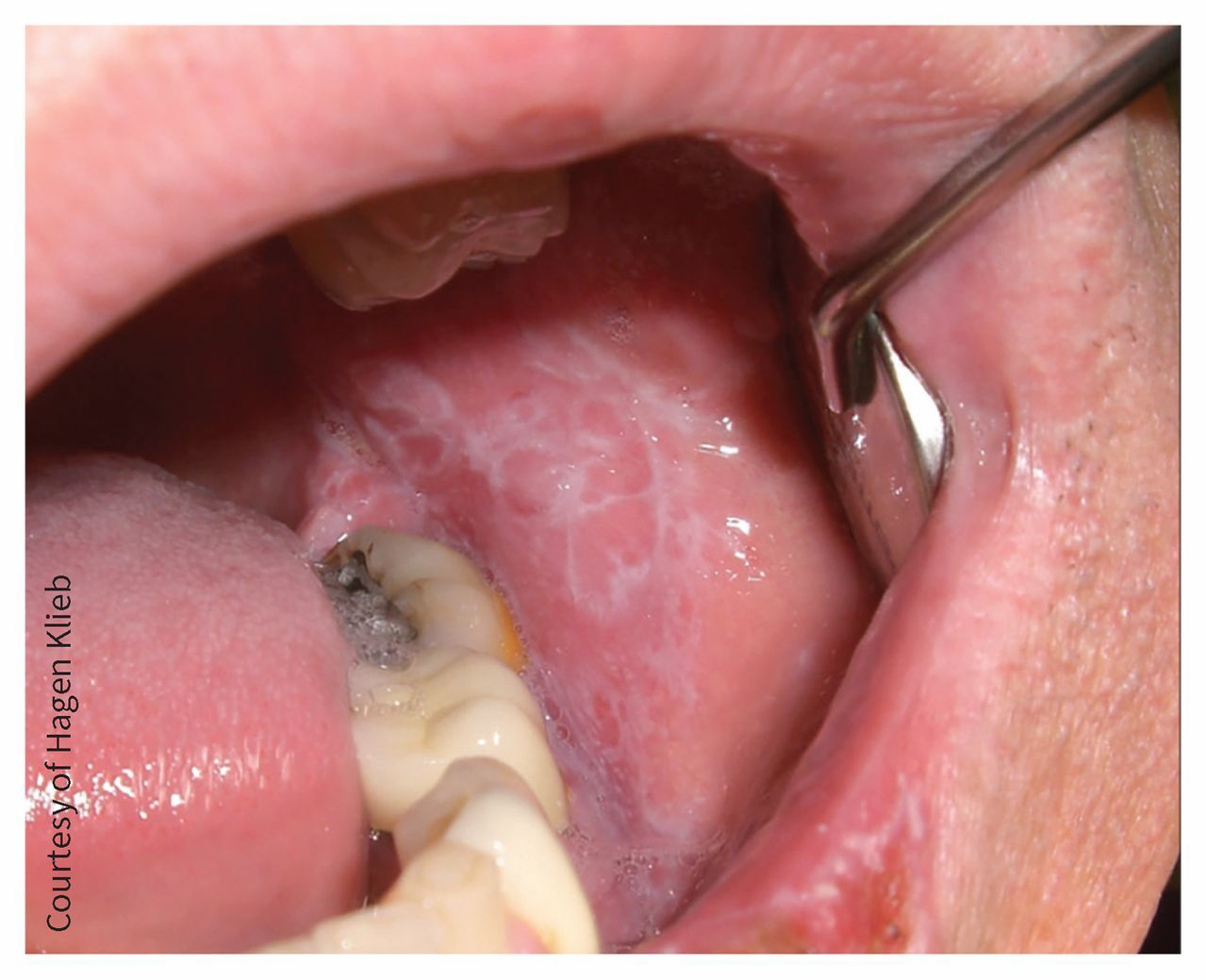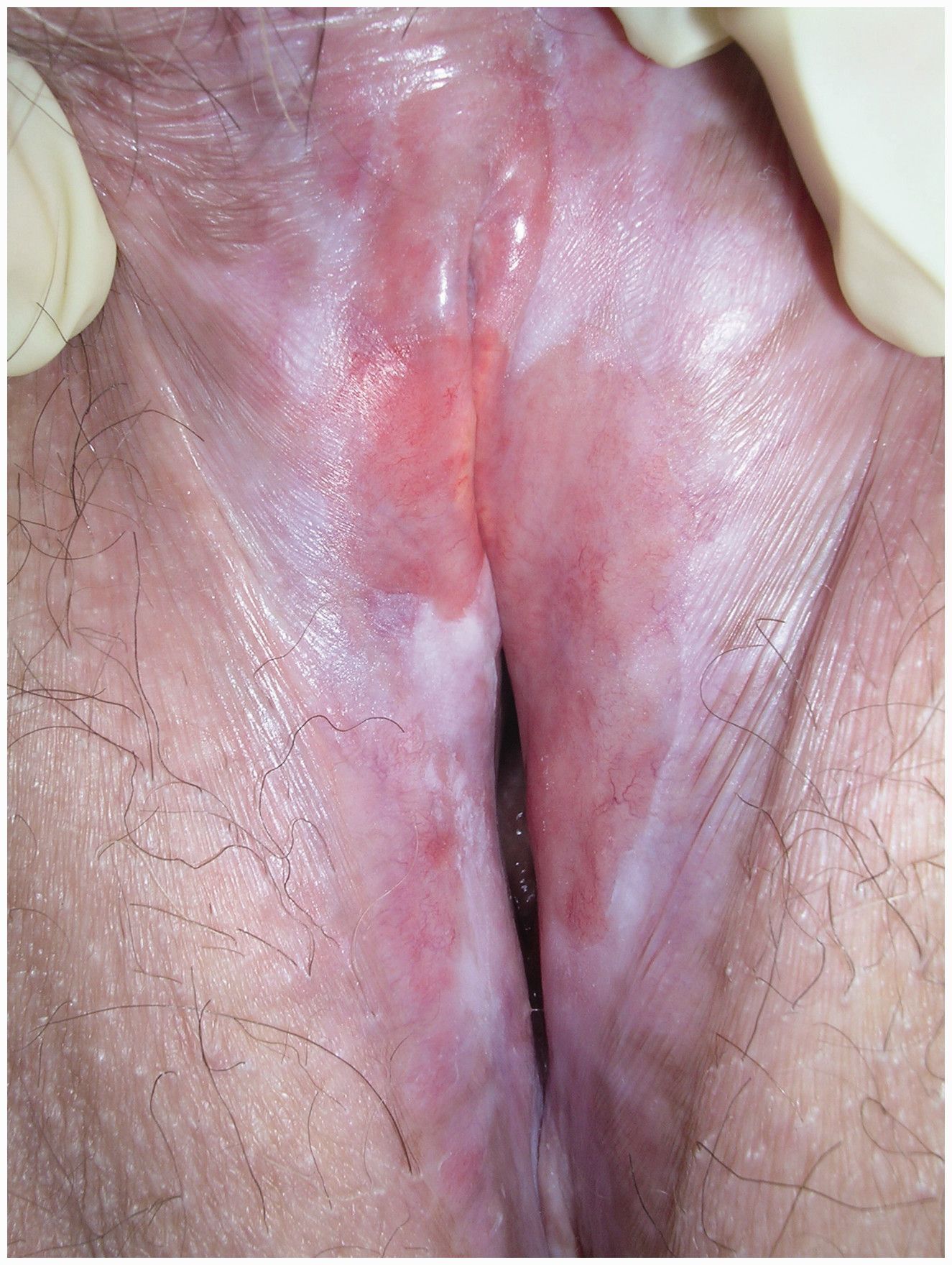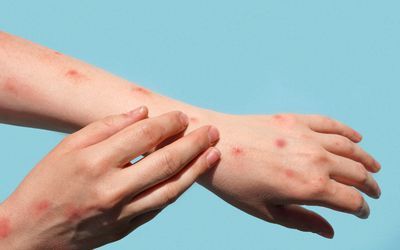Lichen Planus( flat-topped, purplish, itchy bumps or patches on the skin)
Lichen Planus
Lichen Planus is a common inflammatory skin condition that affects around 1-2% of the general population. It can occur at any age, but it is most common in middle-aged adults. The exact cause of lichen planus is unknown, but it is believed to be an autoimmune disorder, in which the body's immune system attacks the skin and mucous membranes.
Lichen planus typically appears as flat-topped, purplish, itchy bumps or patches on the skin, often with a network of white lines called Wickham's striae. It can also affect the mouth, genital area, nails, and scalp. In the mouth, it can cause white, lacy patches or sores that can be painful and make eating difficult.
Lichen planus can occur on the skin, mucous membranes, nails, and scalp. The most commonly affected regions include:
- Skin: Lichen planus can appear on any part of the skin, but it is most commonly found on the inner wrist, ankle, lower back, neck, and genitals.
- Mouth: Lichen planus can affect the lining of the mouth, including the gums, tongue, and inner cheeks. It can cause white, lacy patches or sores that can be painful and make eating difficult.
- Genital area: Lichen planus can affect the skin around the genitals and anus, causing itching, burning, and soreness.
- Nails: Lichen planus can affect the nails, causing them to become thin, ridged, and discolored.
- Scalp: Lichen planus can cause hair loss and scarring on the scalp, which can be permanent if left untreated.
Overall, the most common regions affected by lichen planus are the skin, mouth, and genital area. However, it can also affect other areas of the body, such as the nails and scalp
Drug-induced lichen planus, or lichenoid drug eruption, is a type of lichen planus that is caused by a reaction to certain medications.
- Blood pressure medications: lisinopril, captopril, enalapril
- Nonsteroidal anti-inflammatory drugs (NSAIDs): ibuprofen, naproxen, diclofenac
- Antibiotics: penicillin, tetracycline, sulfonamides
- Antimalarials: hydroxychloroquine, chloroquine
- Anticonvulsants: carbamazepine, phenytoin, valproic acid
Treatment/management of lichen planus:
Cutaneous Lichen Planus:
- Treatment is aimed at reducing pruritus and time to resolution, as cutaneous LP typically clears spontaneously within 1 to 2 years.
- For limited LP, first-line treatment is superpotent topical steroids (clobetasol 0.05%) twice daily for 2 to 4 weeks.
- Inadequate response to topical steroids may be augmented with intralesional steroid injections (triamcinolone 5 to 10 mg/mL).
- For diffuse LP, first-line treatment is daily oral corticosteroids (prednisone 30 to 60 mg) tapered over 2 to 6 weeks.
- If no change is seen, second-line therapy may include metronidazole, sulfasalazine, isotretinoin, acitretin, PUVA, UVB, topical calcineurin inhibitors, or methotrexate.
- Third-line treatment may include trimethoprim-sulfamethoxazole, griseofulvin, terbinafine, antimalarials, tetracyclines, ciclosporin, mycophenolate mofetil, azathioprine, etanercept, adalimumab, or low-molecular-weight heparin.
Oral Lichen Planus:
- Asymptomatic oral LP should not be treated as the side-effect burden of treatment is high, but symptomatic oral LP should be treated to reduce pain and allow normal food intake.
- Patients should be instructed to avoid spicy or acidic foods as well as alcohol and tobacco as these exacerbate symptoms.
- First-line treatment is very high potency topical steroids three times daily until remission.
- No improvement after 6 weeks should prompt escalation of therapy to second-line treatment, which may include oral corticosteroids or application of topical calcineurin inhibitors.
- Third-line treatment may include cyclosporine, azathioprine, mycophenolate mofetil, or methotrexate.





